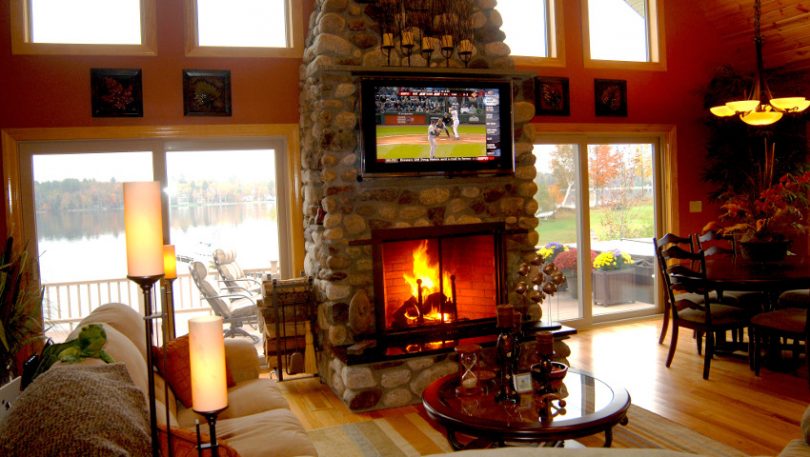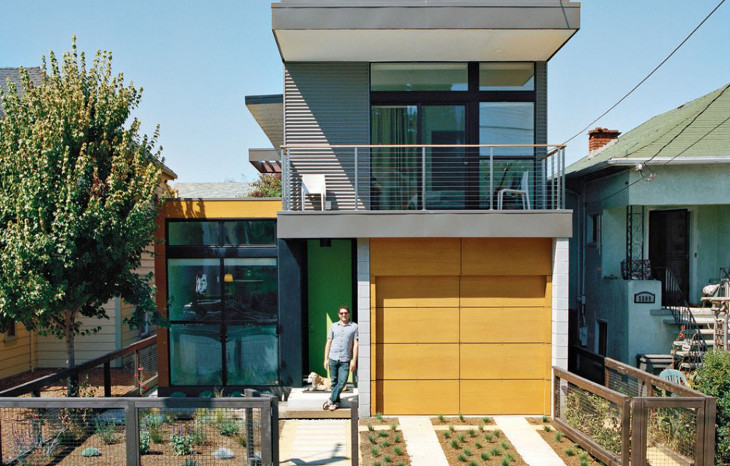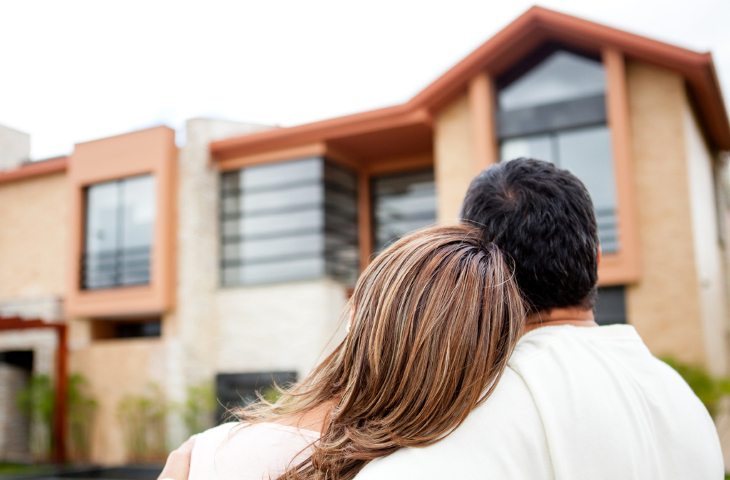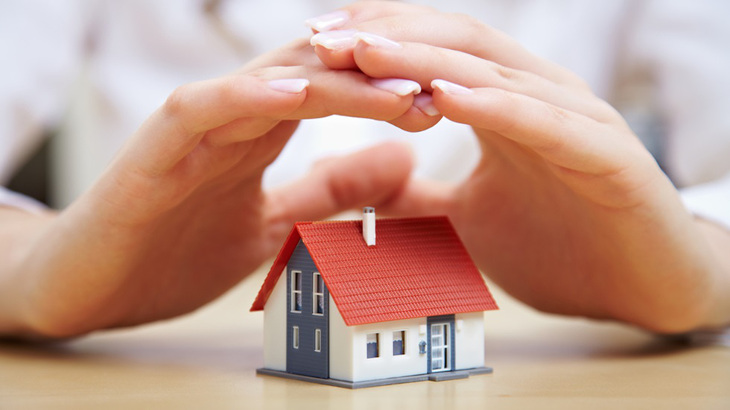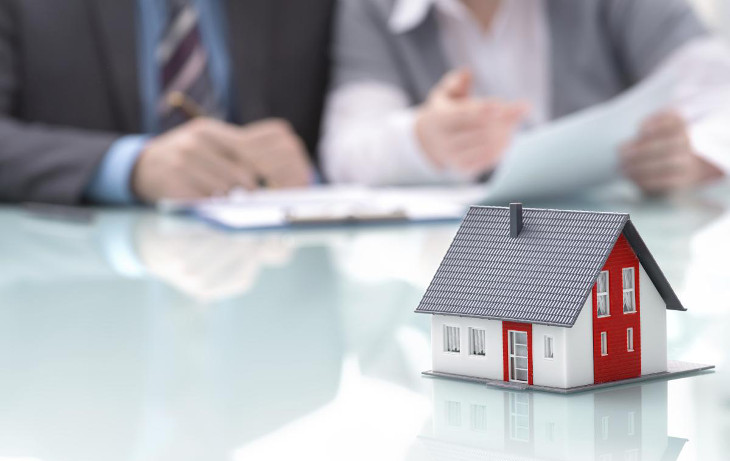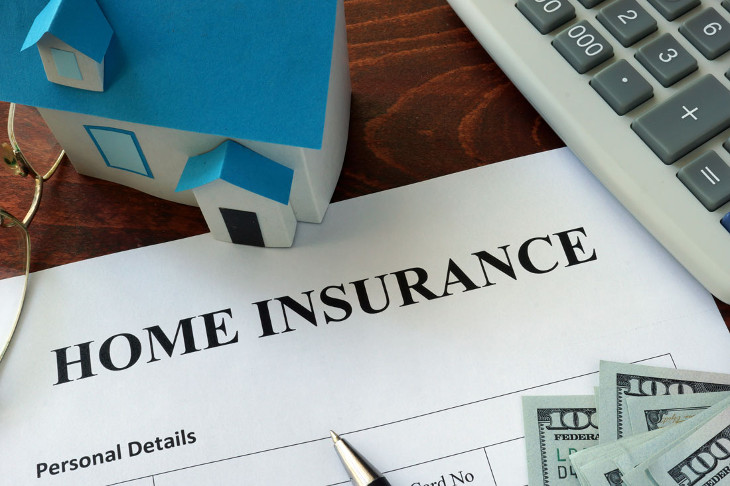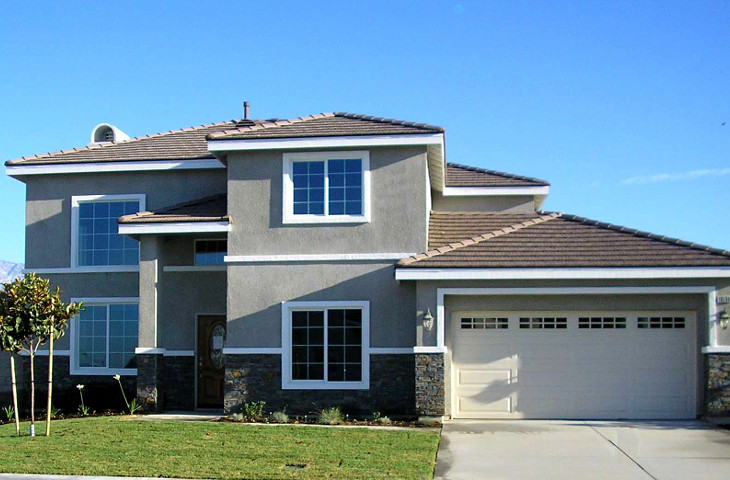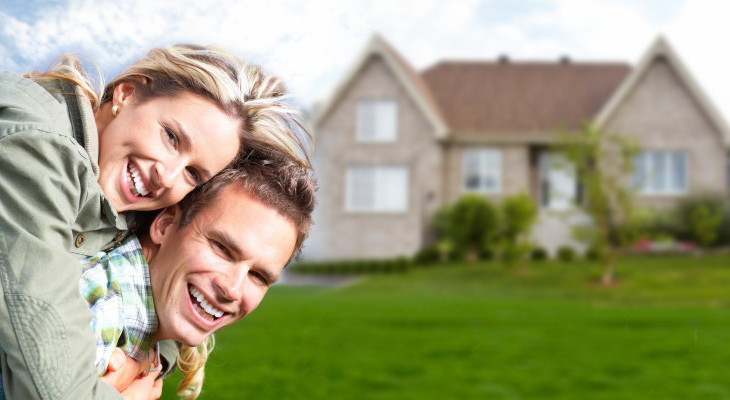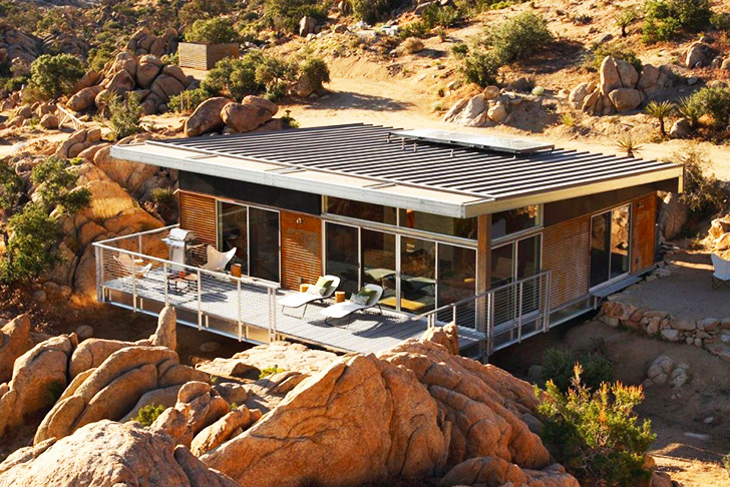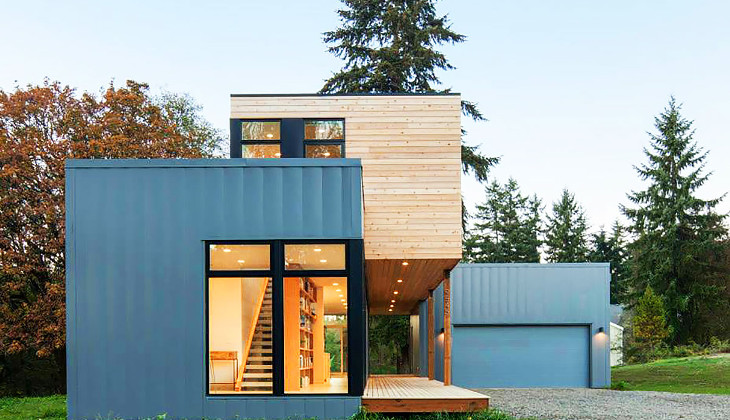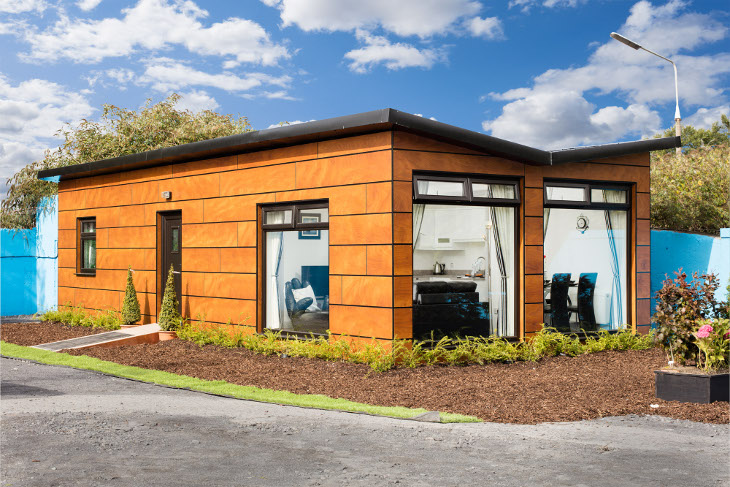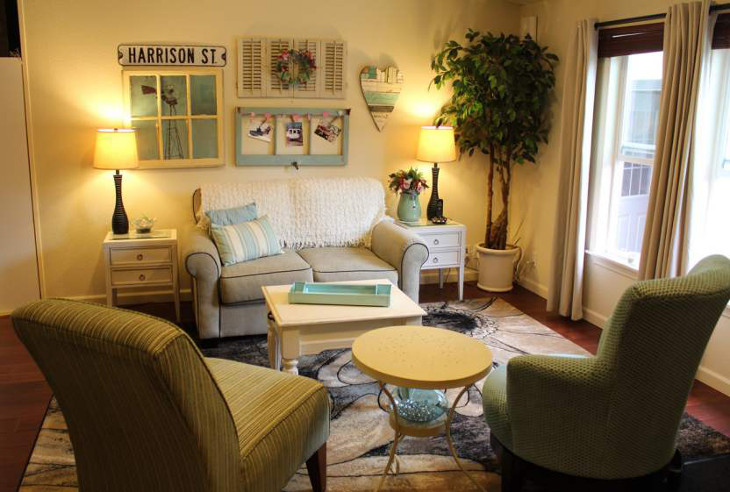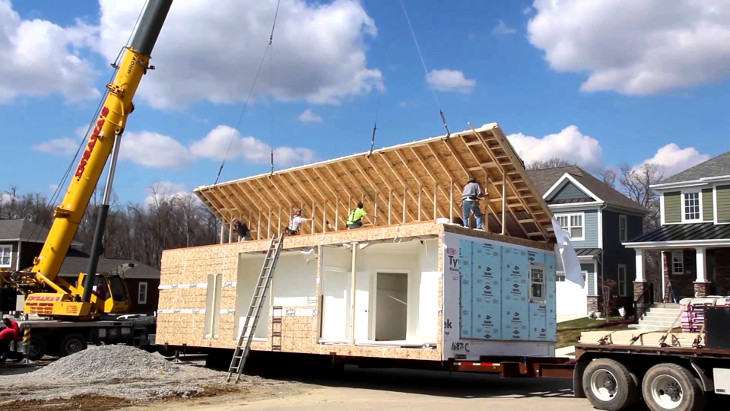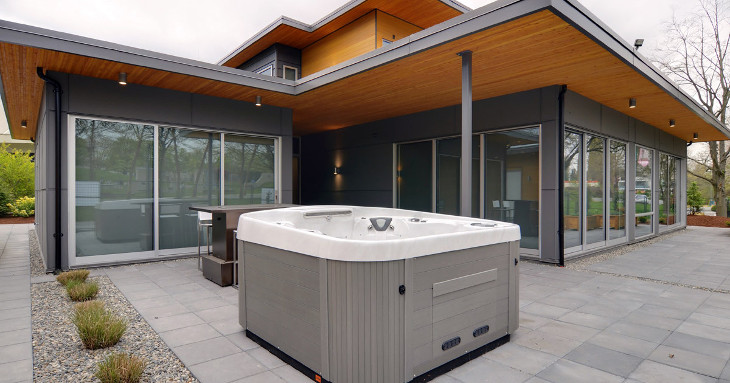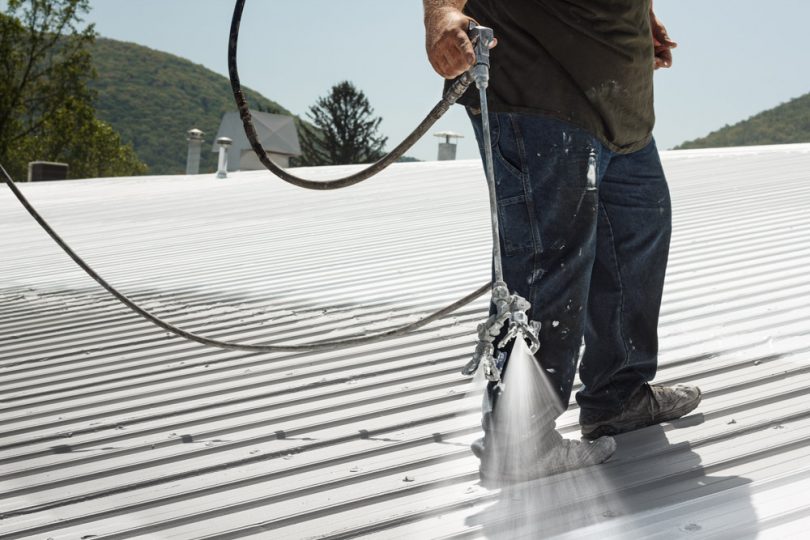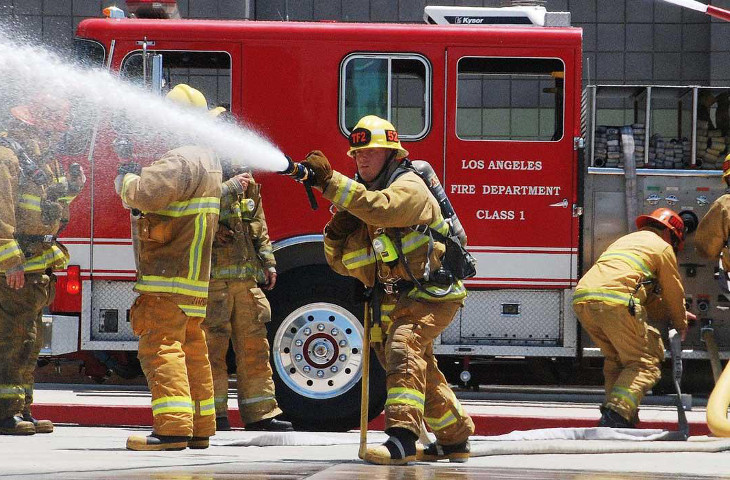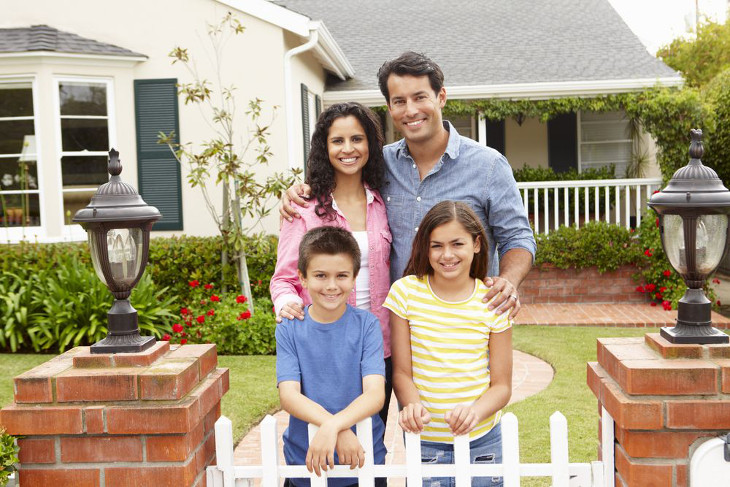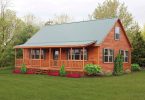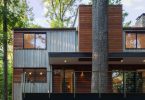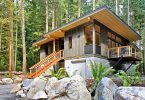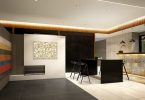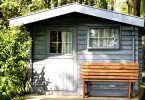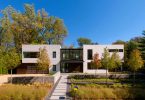Modular homes are fast becoming the answer to owning a home for many people worldwide. Owning such property comes with its own specific set of responsibilities one of which is finding the best modular home insurance.
Because this type of home has multiple facets in its construction you need to have a comprehensive insurance cover to ensure you end up with a great home and keep it that way.
Still seen as non-traditional homes, home insurers are usually very skeptical about insuring modular constructions citing their inability to withstand the elements, fire and the ravages of time. However, modular homes can be reinforced structurally to withstand hurricanes and tornados even better than brick and mortar buildings.
This is in addition to being anchored onto a foundation which places them in the same category as site built constructions.
The beginning of the insurance journey for a modular home
Modular constructions come in five main phases and each of these segments needs to be insured independently. This is the one of the main reason that insuring a modular construction is more expensive than insuring a brick and mortar building. The insurance focuses on
- The preparation of the land where your modular construction will be placed (Excavation and foundation building among other things)
- The modules delivery
- Setting the modules on your foundation
- The buttoning up of your units after being set on the foundation
- The structure in its entirety after completion
The above coverage usually comes from the companies that are involved in each of the phases mentioned above. This means that when the manufacturer begins the construction phase they should be insured to carry out the building process while providing coverage for their employees and your construction.
The same applies to the transportation company and the contractors who set the modules on the foundation and button them up.
Your role at this point is to choose a modular manufacturer with a comprehensive cover. Ask each modular dealer involved in your construction to provide you with their insurance provider and to facilitate the provision of their insurance details to you. Ensure the information comes directly from the insurance company to avoid instances of forgery.
The coverage should include comprehensive liability insurance as well as worker’s compensation to protect you from any liability claims in case of an accident to a worker or your home.
Do the same for all contractors and subcontractors working on your construction. In fact, before you settle on any contractor or company ensure you have a certificate of insurance from them and get your insurance agent to review the coverage as well as the authenticity of the certificates.
Does this mean that you are devoid of any insurance responsibility? Quite the contrary, while the general contractors take up liability for their employees and facilities you must take up a builder’s risk policy on top to protect you from theft or vandalism of your construction materials.
Once this is done, it is time to start shopping around for a home insurance policy for your home.
Choosing the best insurance for your modular home
Modular homes can be insured with a homeowner’s insurance policy. This type of insurance is unique because it covers more than other insurance covers. For example, auto insurance is confined to the insured vehicle only but with homeowner’s insurance the scope of coverage extends to more than the actual dwelling.
To begin with ensure the below basics are comprehensively covered in the policy you buy
- Fire
- Tornadoes and hurricanes
- Explosions
- Landslides
- Water damage from burst pipes
- Flooding
- Storms
- Damage from wild animals
- Vandalism
- Burglary
First off, focus on the actual house. It is imperative for you to understand what the coverage means for the house as stipulated in the dwelling coverage portion of policy
Dwelling coverage
This is the crux of the policy and typically what you think of when you are getting a homeowner’s insurance policy. Dwelling coverage refers to the insurance of the actual structure and all within it: plumbing, air conditioning, and heating among other essentials.
This part of your policy covers rebuilding or repairs to your home should it be damaged by any of the disasters listed in your policy.
The most important thing to note when acquiring your dwelling cover is to purchase enough coverage to rebuild your home. Unfortunately, the dwelling coverage does not include the land on which your modular home stands. It is strictly for the confines of the house itself.
The best insurance for your modular home should also be able to extend its coverage to the following areas:
1) Other structures on the premises
This aspect of the policy insures other structures on the property that are not attached to the house. These include sheds, a standalone garage, retaining walls, pools, gazebos and even fences and mailboxes. Basically, any structure that stands alone falls under this portion of the insurance coverage.
The general amount set aside for other structures in most policies is 10% of the amount of insurance you have taken on your home.
2) Personal property
Any personal items including clothes, furniture, home appliances and even jewelry and collectibles although the latter are not covered to their full value (you can insure these items fully through a special personal property endorsement), should be covered in your homeowner’s policy. The coverage is usually 50-70 % of the insurance on your modular home.
This coverage also includes personal belongings stored off the premises anywhere in the world. The coverage can be limited to 10% of the amount of insurance cover on your possessions. Interestingly, trees and shrubs are also covered under the personal property portion of the cover.
3) Liability
Liability protection covers you against lawsuits should you, your family members or pet cause other people bodily harm or damage their property while they are on your premises or you are on theirs. For example, should your child or pet ruin the furniture at the neighbor’s, you are covered.
This portion of your coverage will pay for any legal fees as well as damages awarded by the court up to the tune stipulated in your policy.
This part of your coverage also provides medical coverage in case someone is injured in your home. Instances include a child getting injured while on your trampoline during a play date or a delivery man slipping on ice in your driveway as they deliver your package.
They simply need to submit their medical bills to your insurance company and the said bills will be paid without bringing a liability case against you.
Although there is a general amount for the liability protection, should you have significant assets of value you may want additional protection like an excess liability policy.
4) Loss of use
In case disaster strikes and your home is damaged to the point of being inhabitable, the ALE (additional living expenses) portion of your policy will take care of your living expenses while you are away from home.
It covers your hotel bills, meals, transportation and all other costs that you incur as a result of being away from your home while it is being rebuilt. In addition, if you had rented out part of your house, ALE will also cover the rent you would have collected.
This coverage is not included in the amount availed to you to rebuild your home. In fact, even when you have used up all your ALE, the insurance company will still pay for the entire cost of rebuilding up to the policy’s limit. However, it is important to note that in some instances the ALE can have a time limitation.
What to expect from the industry
For the longest time, modular homes owners have struggled to access insurance policies for their structures. Insurance industry pundits had labeled the structures as
- Fragile
- Poorly built
- Not properly anchored
- Poor real estate market performers
In the past, these labels had a ring of truth to them but they also inadvertently led to serious stigmatization of modular home owners by the insurance industry. But things have changed and trends now seem to favor modular constructions when it comes to acquiring insurance.
One of the trends that have brought this revolution is the surge of millennials buying modular homes. With the increased interest of millennials in modular construction more fundamental changes have been made to the structures that have attracted the insurance industry in a way the baby boomers era did not.
The green aspect of Modular homes
The eco-friendly aspect of modular constructions means more environmentally conscious people are investing in them. While the cost of building a green home may be higher, such homes also pose a lower overall risk, a factor insurance companies appreciate in modular structures.
This has increased the confidence of insurers in modular homes allowing them to provide more insurance options to homeowners with these constructions.
Green building lessens risk while increasing energy efficiency. So instead of the insurance on modular homes costing more, your green modular home qualifies for discounts on account of having less emissions and being able to mitigate damaging behavior.
Innovative designs and sound structural engineering.
Millenials are synonymous with innovation, modern and stylish trends which they have brought into the modular construction industry. Think cutting edge designs that give a home a unique aesthetic built with the latest technology in modular construction under strict safety conditions.
With the current trends in modular construction insurance companies are increasingly seeing modular homes as less risky. These trends include:
- Reinforcing already adapted sheet metal to ensure the modular structure can withstand the elements even more and remain durable for years. Constructions are now being built with integrated steel frames fitted onto the entire building. Where once the structural integrity of modular buildings was in question because of the strength of the building, innovative designs now allow architects to create multi storied modular buildings.
In the years past a multi storied modular building was an impossibility. But now, at home in New York’s Brooklyn area, the 461 Dean is the tallest modular building in the world at 32 stories high.
- Meticulous uniformity that has been incorporated into the construction process. Using drones that provide 3D mapping, any structural flaws in the construction process can be detected and rectified making the final construction exceedingly safe. In fact, according to Australian building specialist, Buildsoft, drone adoption within the construction industry will go up in 2017 due to increased regulation in the industry and the reduced costs per unit.
- Modular homes, just like site built buildings, will be linked to devices like their HVAC via smart phones and tablets so that one can communicate with these devices remotely. In addition, modular home owners will be able to receive and send live data from their homes to improve maintenance as well as identify and relay any problems with the structure.
- The use of building information modeling (BIM) allows for sound designing of the modular structure using 3D computer designing. Using BIM, building engineers and other relevant construction experts can evaluate the design and see if any red flags appear in the construction model. For example, is there a structural problem in the way the plumbing and the electrical layouts have been placed in the structure? These problems are resolved before any construction begins.
Factors that could affect your homeowner’s insurance rates
Deductibles on Your Policy
A deductible is the amount you pay towards a potential loss before the insurance company pays a claim. It is important to choose the right amount because the higher the amount of deductible you pay the more money you save on your premium.
Living in a disaster prone area may force you to take out a deductible for the kind of disaster prevalent to your area. For example, areas prone to hail have a separate deductible for hail as do areas prone to windstorms or earthquakes.
Remodeling
Any type of remodeling usually raises the value of your home. As such, it is imperative that you get your insurance company to reflect the increased value in your policy.
The company will evaluate the materials and cost of construction of the remodeling and factor these into your premium. Granted this may cause your premiums to go up but with an up to date coverage you are covered in case of anything.
The Construction
Apart from the size and mode of construction of your home, the age plays a huge role in the insurance rates you pay. The newer it is the less your premiums. For an older home, any previous claims in its history will affect the rates that you pay because of susceptibility to certain pre-existing damages.
The older your home gets the higher the cost to insure it. However, as your home ages you may want to upgrade the roofing, plumbing, heating and other essentials so that you can be adequately covered.
Other factors that can play on your insurance rates include the material used in the construction, the plumbing and electrical systems as well as the presence or lack of smoke detectors, sprinklers and security systems.
Home Based Business
Since this may require that you invest in specialized equipment that can be hazardous, insurance companies advise that you either purchase an endorsement into your existing policy or a specific in-home business policy.
Purchasing an endorsement to your already existing policy means that you have additional property as well as liability coverage. The specific in-home business policy is in the league of commercial policies but with lower premiums and policy limits.
This policy will also cover business losses and any other ongoing business expenses you may incur because you can’t conduct business owing to the damage to your home.
Insurance Score
Think of this as your insurance score card. This can greatly affect your premiums not to mention even the ability to access a policy in the first place. A low insurance score makes you a high financial risk to insurers. Ensure you maintain a healthy insurance score by
- Having a moderate balance on your credit cards which you pay in full every end of the month
- Avoiding defaulting on any debts
- Never having bankruptcy, a court judgment or a tax lien on your record
Having a pool, Jacuzzi or spa
While these structures are a great addition to the home the will cost you more in coverage because they increase the chances of a liability claim should someone get injured whilst using them. Insurers tend to advice homeowners to have additional liability coverage if they have these features on their property.
Condition of Your Roof
The older your roof the more susceptible it is to the elements. Because of this you will pay more to the insurance company. A newer roof is considered stronger and healthier and will attract reduced premiums.
Replacing your roof is a great way to reap the benefits of reduced premiums but since it falls under remodeling you must let your insurance company know about it so that you are adequately covered and enjoy the savings benefits that the improvement brings.
Marital Status
Despite the influx of young, single millenials into the modular housing market, insurers still look favorably to married homeowners. This is because married couples are seen as less of a risk than single people and file fewer claims. In fact, married couples get financial breaks in most industries and even in their taxes because of this.
Proximity to a fire department or water body
If your home is near a fire department or a fire hydrant you will have a cheaper home insurance policy compared to someone who has less proximity to water. In fact, homes in urban and suburban areas enjoy better premiums than homeowners with property in rural areas. The proximity to a fire station is expected to translate to less damage to the property.
Homes near the coast line tend to attract higher rates because of the danger of hurricane, tsunamis, windstorms and other such like disasters. It is cheaper to build inland and forego the view of the beach when you think of the insurance premiums you will incur.
Conclusion
Finding a good insurance company to insure your modular home should be a top determining factor in your decision to invest in a modular construction in the first place. As the trends change and more people come into the fold of appreciating modular structures, the insurance companies are opening up as well and have more to offer modular homeowners.
All you have to do is sufficient research into the insurance company and plan of your choice. Good luck!

